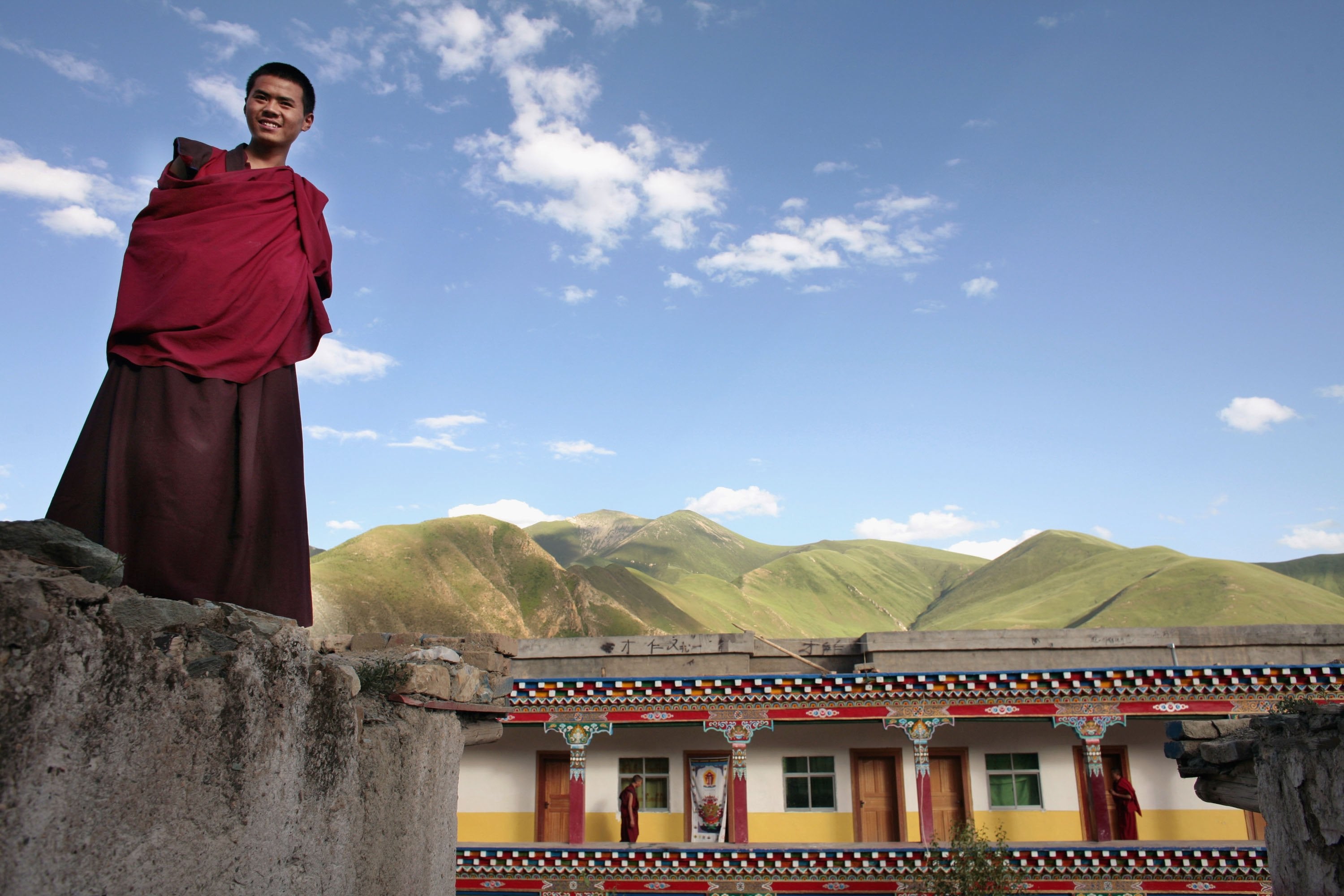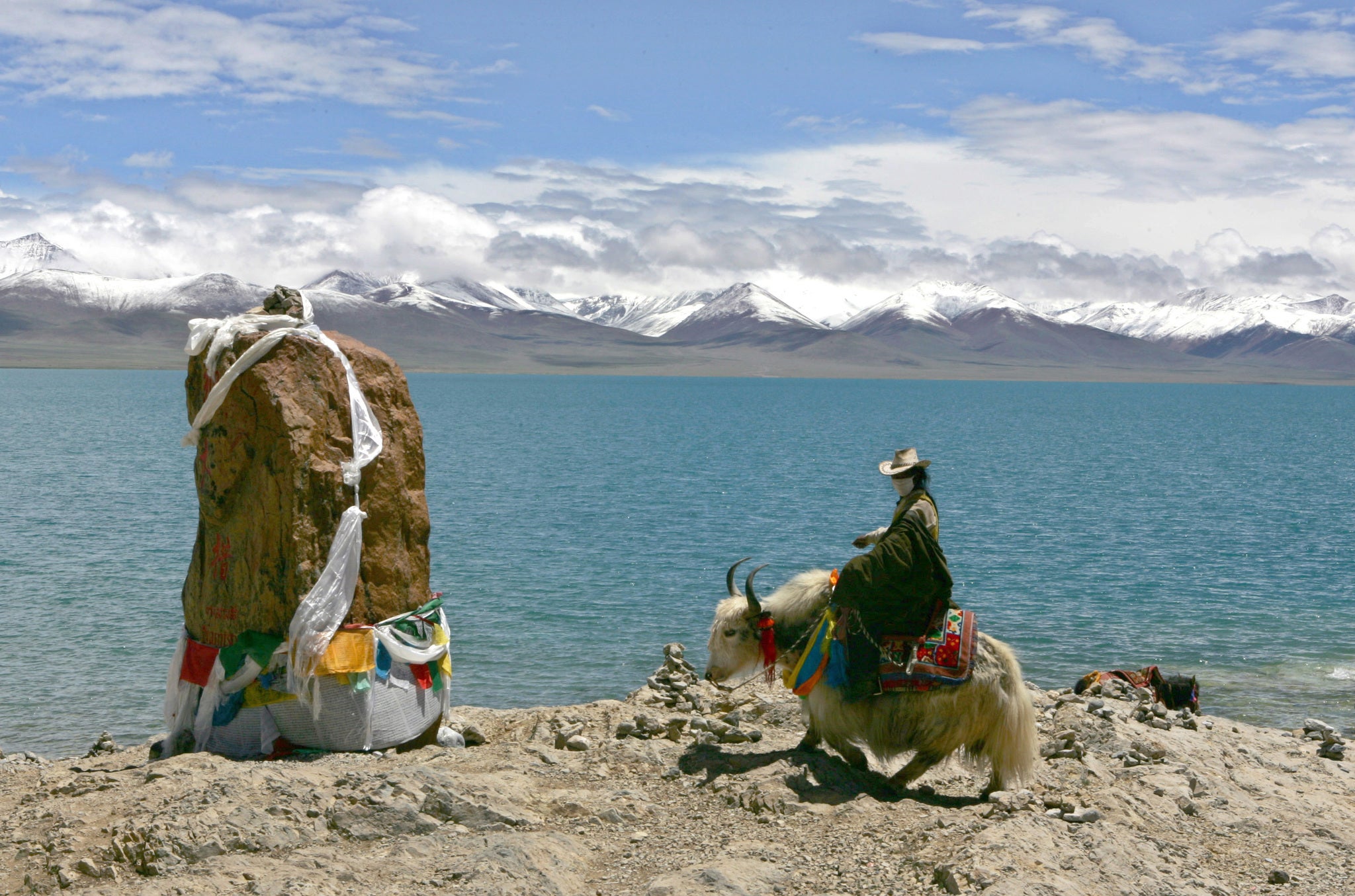Tibetans inherited 'super gene' from extinct humans to survive life on the Roof of the World
Study suggests EPAS1 was passed from the recently-discovered Denisovans to Tibetans so that their bodies acclimatised better to high altitudes

Your support helps us to tell the story
From reproductive rights to climate change to Big Tech, The Independent is on the ground when the story is developing. Whether it's investigating the financials of Elon Musk's pro-Trump PAC or producing our latest documentary, 'The A Word', which shines a light on the American women fighting for reproductive rights, we know how important it is to parse out the facts from the messaging.
At such a critical moment in US history, we need reporters on the ground. Your donation allows us to keep sending journalists to speak to both sides of the story.
The Independent is trusted by Americans across the entire political spectrum. And unlike many other quality news outlets, we choose not to lock Americans out of our reporting and analysis with paywalls. We believe quality journalism should be available to everyone, paid for by those who can afford it.
Your support makes all the difference.As the highest region on the planet, the Tibetan Plateau is often referred to as 'the Roof of the World'. An average elevation in excess of 4,500 metres leaves most people struggling in the oxygen-poor air, but for the area’s Tibetan inhabitants life there is as natural as, well, breathing.
Now scientists think they discovered exactly how the Tibetans cope, tracing a specialized gene found in modern-day inhabitants of the region back to one of our extinct ancestors – an ancient species of humanity known as the Denisovans.
The gene itself is known as EPAS-1 and helps to regulate the body’s responses to low-oxygen atmospheres. When most humans are exposed to these conditions their bodies start producing extra red blood cells to circulate more oxygen around the body. However, this creates thicker blood that’s harder to pump and so exacerbates a number of health issues ranging from hypertension to the risk of stroke.
EPAS-1 manages this ‘overreaction’, with one variant allowing responding with less panic to more challenging atmospheres, an effect that has led some scientists to refer to it as the 'athlete' or 'sports' gene - with humans that possess it tending to perform better at certain aerobic-intensive activities.
However, for Tibetans, it’s just part of their ordinary genetic makeup and is found in 87 per cent of the population. This is a stark comparison with the neighbouring Han Chinese, just nine per cent of whom possess EPAS-1.

So where did EPAS-1 come from? A new study from the University of Berkeley published in the journal Nature this Wednesday suggests it might have been evolved by the Denisovans – an early human ancestor that was only discovered four years ago when scientists sequenced the DNA from a finger bone found in a Siberian cave.
Denisovans are thought to have been around on the planet for tens of thousands of years longer than modern humans. When the two species bred together some of the ancestors of modern humans inherited the EPAS-1 gene and were able to thrive in the Tibetan plateau – a much faster method of adapting to the high altitude environment than waiting around for evolution to kick in.
This theory of gene acquisition is reinforced by the clear genetic differences between the Tibetans and the neighbouring Han Chinese. “They are extremely differentiated from each other, which is something you only see with very strong or very recent selection,” Rasmus Nielsen, an author of the study, told the LA Times.
The discovery suggests that contrary to older theories that say our ancestors simply out-survived or out-lived more ‘archaic’ humans, it might have been the interbreeding of different species in the Homo genus that helped modern humans survive, offering our ancestors unique genetic 'gifts' that let them adapt to vastly different environments around the world.
Join our commenting forum
Join thought-provoking conversations, follow other Independent readers and see their replies
Comments